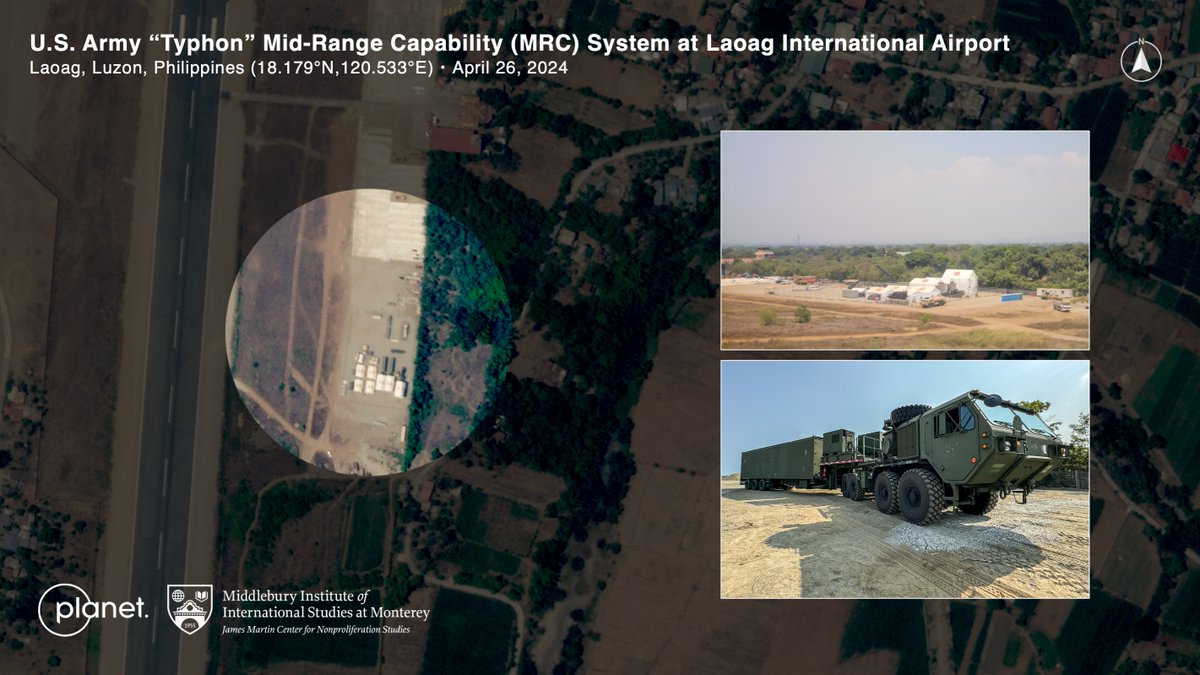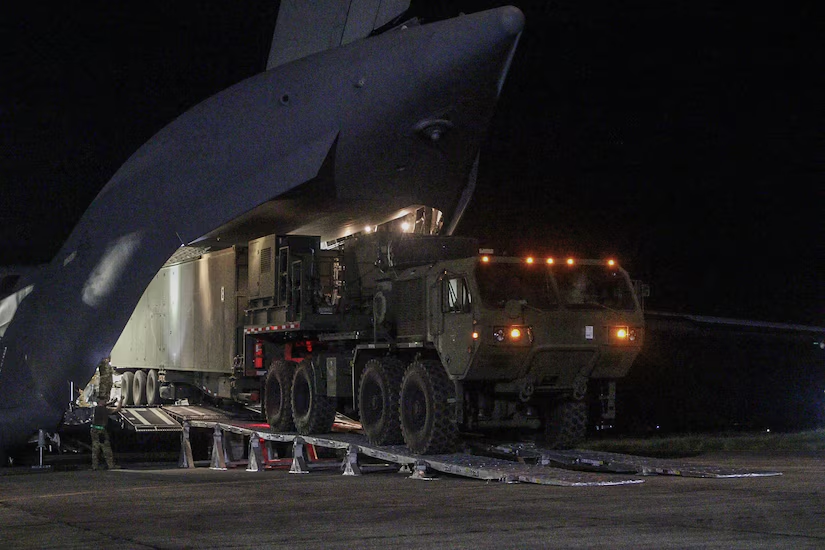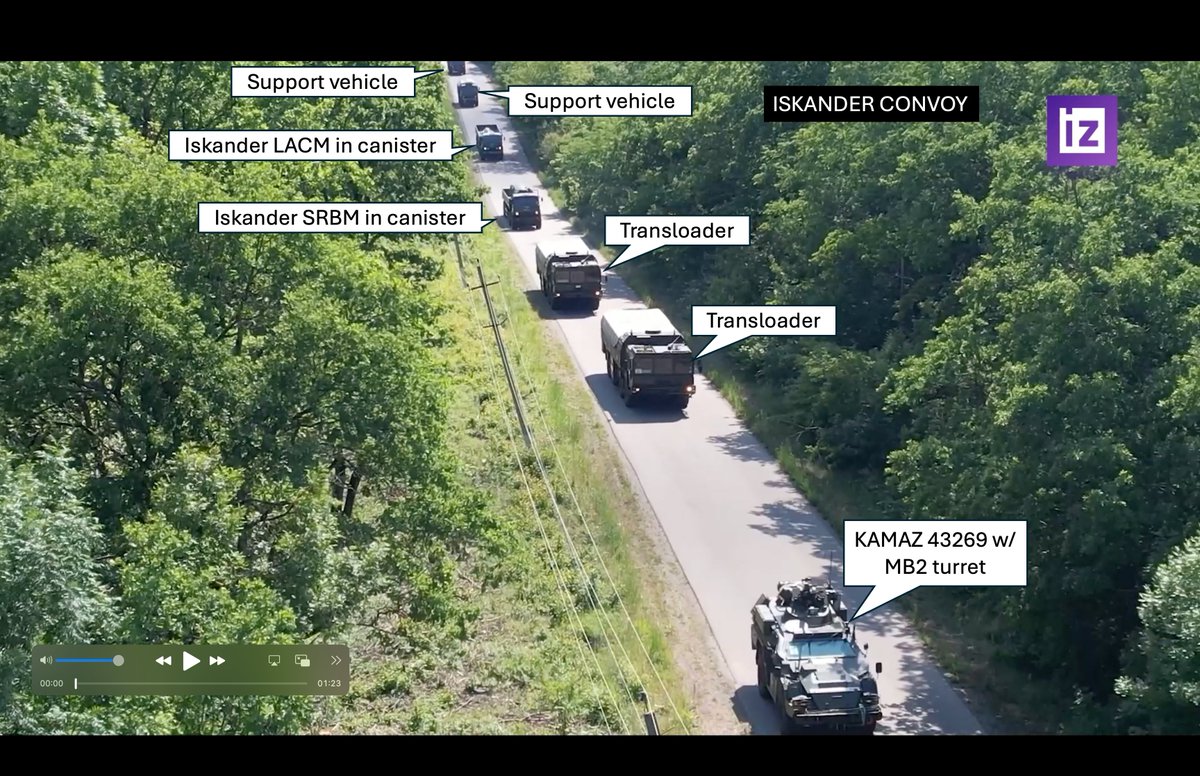No, it probably can't. At least not anytime soon. A short 🧵.
https://twitter.com/thetimes/status/1856797439950217486
1. The report was written by a think tank, not technical experts from the 🇺🇦 gov't.
2. 🇺🇦 has ~7 tons of reactor Pu, enough for several hundred simple-fission weapons.
3. The Pu is sitting in spent fuel. To use it, 🇺🇦 would have to build a separation plant, which would take years and cost hundreds of billions.
web.archive.org/web/2024111318…
2. 🇺🇦 has ~7 tons of reactor Pu, enough for several hundred simple-fission weapons.
3. The Pu is sitting in spent fuel. To use it, 🇺🇦 would have to build a separation plant, which would take years and cost hundreds of billions.
web.archive.org/web/2024111318…
First, some context. The document is just a report prepared by a think tank that will be presented at a conference. This very much stretches the definition of "news."👇 

The paper claims that 🇺🇦 has about 7 tons of Pu that would be enough for an arsenal of several hundred simple fission weapons like Fat Man, with reduced yields. No argument here. That's all correct. 

In 2023, Ukraine had about 7.4 tons of Pu-239 sitting in 1,350 tons of spent fuel from the reactors it still controls and operates. Each year, Ukraine unloads ~40 tons of spent fuel, which would contain an additional ~200 kg of Pu-239. 
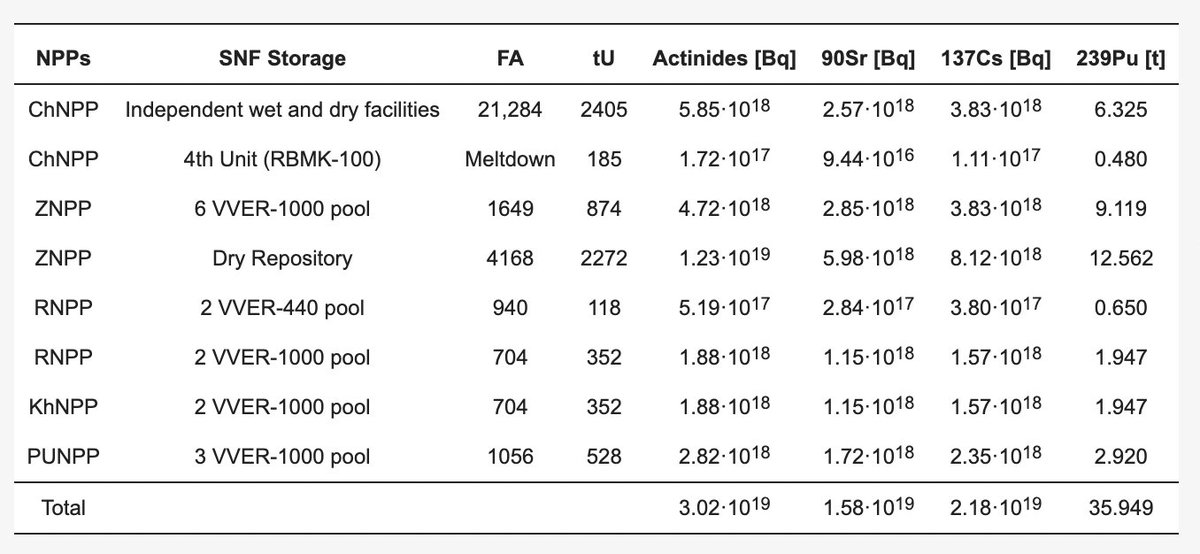
Check my math.
mdpi.com/1996-1073/17/8…
mdpi.com/1996-1073/17/8…
The initial "Fat Man" device used ~8 kg of Pu. It's an unclassified fact that a nuclear weapon can be made with as little as 4 kg of Pu. 7,400/8=925
FYI: Many years ago, Tom Cochrane and Chris Paine pointed out one could do better than that.
ambienteparco.it/pdf/fissionwea…
FYI: Many years ago, Tom Cochrane and Chris Paine pointed out one could do better than that.
ambienteparco.it/pdf/fissionwea…

Also, Ukraine *could* manufacture nuclear weapon with what's called "reactor Pu" -- although the yield would be uncertain. There are people who refuse to believe this, but the US did it in 1962 and declassified that fact in 1977. 



Here is what @ENERGY said in 1997:
“[A] potential proliferating state could build a nuclear weapon from reactor grade plutonium that would have an assured, reliable yield of one or a few kilotons (and a probable yield significantly higher than that.)”
osti.gov/servlets/purl/…
“[A] potential proliferating state could build a nuclear weapon from reactor grade plutonium that would have an assured, reliable yield of one or a few kilotons (and a probable yield significantly higher than that.)”
osti.gov/servlets/purl/…
So far, so good. Yes, Ukraine has a lot of reactor plutonium sitting in its spent fuel. That material could be used to make a lot of simple nuclear weapons. Now ... how to get at it?
That's the problem. Those 7 tons of Pu are mixed into 1,350 tons of highly radioactive spent fuel. To use any in a bomb, 🇺🇦 would need to reprocess some of that 1,350 tons of radioactive metal to chemically separate the Pu. Ukraine does not currently have such a facility.
🇺🇦 would have to build such a reprocessing plant. 🇨🇳 built a small plant to process about 50 tons of spent fuel a year. It took ten years to build (1993-2003) and cost 1.3 billion RMB -- over a billion dollars today. 

Could 🇺🇦 do it faster & cheaper? In 1977, @ORNL claimed a proliferator could build a "simple and quick reprocessing facility" in 4-6 months. Others disagreed. @USGAO concluded the 4-6 months was "not highly probable", but credible "in some circumstances."
gao.gov/assets/emd-78-…

gao.gov/assets/emd-78-…
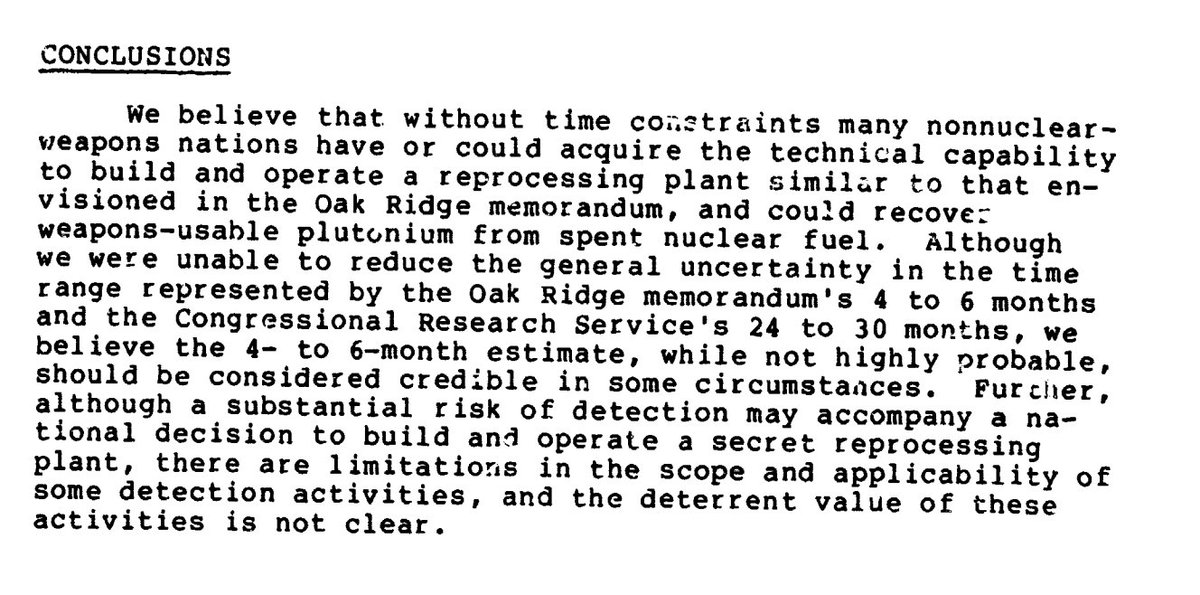
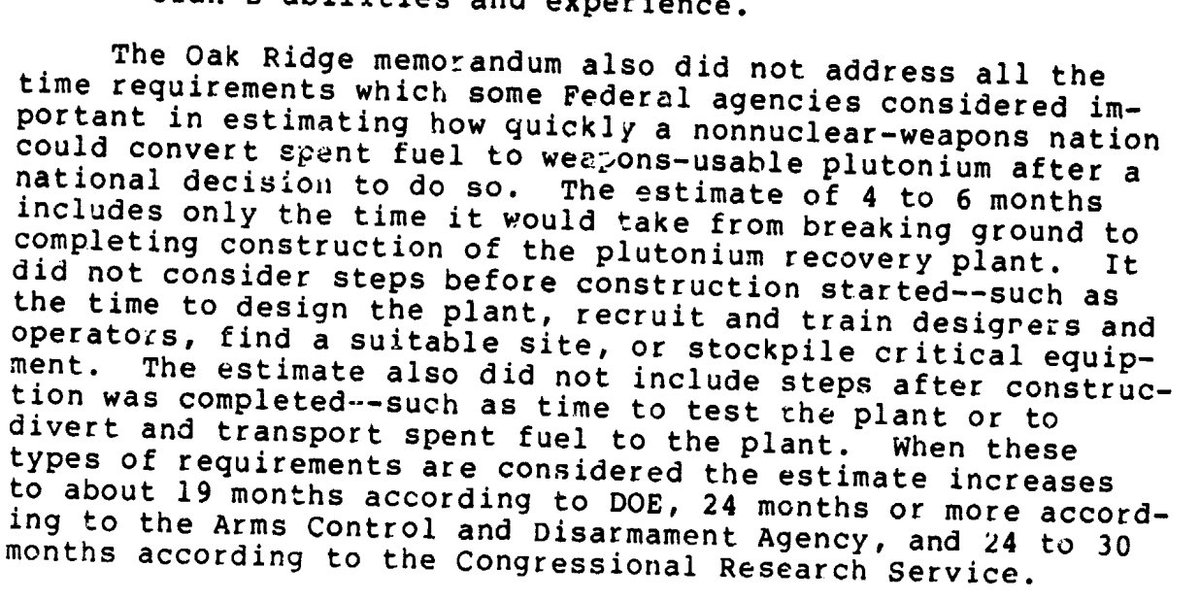
The "others" included the Office of Technology Assessment and Congressional Research Service thought the number was about a 2-3 years and $25 million -- $130 million today.
princeton.edu/~ota/disk3/197…
princeton.edu/~ota/disk3/197…
For @GAO, "some circumstances" meant "experienced personnel willing to risk radiation exposure, available materials, and full support of a nation willing to risk failure ..." Is Ukraine such a case? I don't doubt the will, but personnel and equipment are pretty limited.
Ukraine is hoping to construct a pair of new reactors in about 2.5 years with substantial technical assistance from Bulgaria. That's very fast -- and crucially it depends on foreign assistance.
reuters.com/business/energ…
reuters.com/business/energ…
Ukraine is also constructing a spent fuel storage facility -- but again, with US assistance. Most of the equipment was manufactured in the US. The project also involves contractors in Estonia, Italy, Germany and the Netherlands.
world-nuclear-news.org/Articles/Ukrai…
world-nuclear-news.org/Articles/Ukrai…
That means this would probably take years. Russia would certainly attack the reprocessing plant during construction, unless Ukraine could keep the plant a secret. Ukraine might try to place the plant underground, but that would increase the time needed to construct the plant.
So while it isn't technically impossible for Ukraine to harvest the plutonium from its spent fuel, it wouldn't be something Ukraine could do quickly or cheaply. Building a reprocessing facility would probably take years -- years in which it would be exposed to Russian attack.
Note: Up above, I said Fat Man used 8 kg of Pu. Of course, it used 6 kg, not 8kg. The @iaeaorg "significant quantity" is 8 kg because it assumes one loses some Pu when making the 6 kg pit and I wanted a number of the divide with. That's a nuance that I should have explained.
• • •
Missing some Tweet in this thread? You can try to
force a refresh








